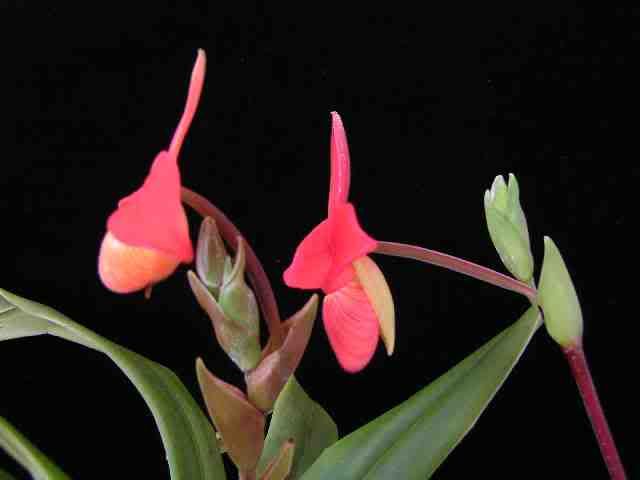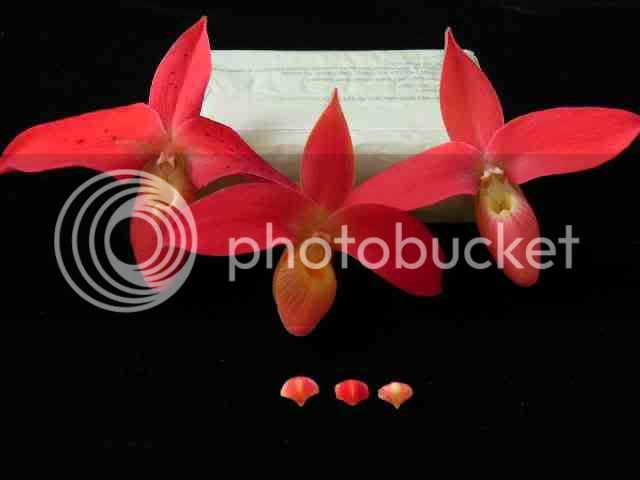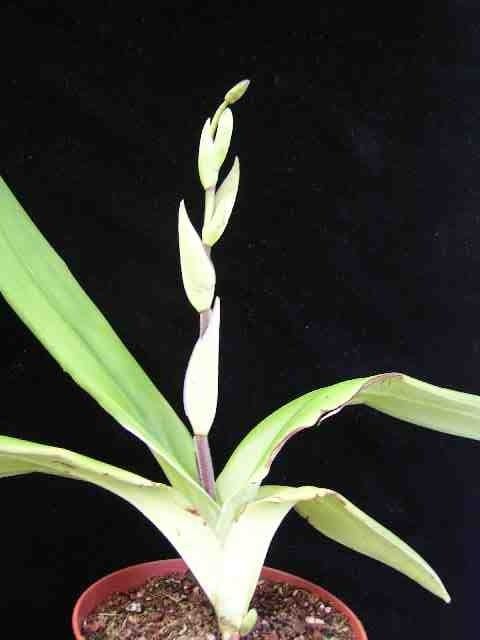Although possible that they made a hybrid by mistake, Its unlikely.
That's what I figured originally: but, I keep flip/flopping back and forth between thinking it's pure besseae and a cross with dalessandroi.They know exactly which plants are which, because one costs $20 and the other $250+.

Within each species there is a large variation, some will look like dalessandroi, while some not. Your is from that end of the spectrum. Plus the wild population where Ecuagenera first collected thier plants tend to have that 'look'.
Do you mean "their besseae plants"? I would keep it labeled as besseae. Take a profile of of the plant, the two species hold thier ovaries at different angles.
I remember reading that before. Which is which? How does besseae hold it's ovary as compared to dalessandroi?
Kyle











